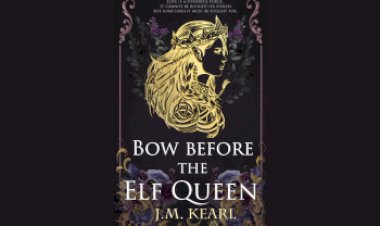The Evolution of Anime Art Styles Over the Decades

Anime has captivated audiences around the world for decades, not only through its storytelling but also through its distinctive art styles. The visual evolution of anime reflects both technological advances and changing cultural trends, making it a fascinating lens through which to explore the history of the medium.
The Early Years: 1960s to 1970s
Anime in the 1960s and 1970s was characterized by bold lines, simple shapes, and limited animation techniques. Shows like Astro Boy and Speed Racer emphasized expressive eyes and minimalist backgrounds, allowing animators to work efficiently while telling compelling stories. This era laid the foundation for iconic character designs and storytelling conventions that continue to influence anime today.
The Rise of Distinctive Styles: 1980s
The 1980s brought greater experimentation and diversity in anime art. Series like Akira and Macross showcased detailed mechanical designs, dynamic movement, and more realistic proportions. This period also saw the emergence of the “big eyes” style popularized by artists like Rumiko Takahashi, creating emotionally expressive characters that could convey depth in both humor and drama.
Refinement and Experimentation: 1990s
During the 1990s, anime art became more refined and polished, thanks in part to advances in cel animation techniques. Popular series like Neon Genesis Evangelion and Sailor Moon introduced intricate character designs, complex shading, and more elaborate backgrounds. This era blended realism with the expressive exaggeration unique to anime, allowing artists to explore more mature and nuanced themes.
Digital Revolution and Modern Styles: 2000s to 2010s
The 2000s saw the widespread adoption of digital animation, enabling smoother motion, vibrant colors, and more detailed effects. Series like Fullmetal Alchemist and Death Note exemplified a shift toward darker palettes, sharper lines, and highly stylized visuals. Artists also began experimenting with mixing 2D and 3D elements, opening up new possibilities for visual storytelling.
Contemporary Anime: 2020s and Beyond
Modern anime continues to push the boundaries of artistic expression. Today, anime showcases a wide range of styles, from ultra-realistic visuals in Vivy: Fluorite Eye’s Song to the soft, painterly aesthetics of Vivy: Fluorite Eye’s Song and Sonny Boy. Streaming platforms and international audiences have encouraged artists to innovate, blending traditional techniques with CGI, hand-drawn elements, and experimental color palettes.
Why Anime Art Styles Matter
The evolution of anime art is more than just a visual journey. Each shift in style reflects changes in technology, audience preferences, and cultural trends. Art style shapes how characters are perceived, how emotions are conveyed, and how stories resonate with viewers. By understanding the history of anime art, we gain a deeper appreciation for the creativity, skill, and innovation that define this enduring medium.
Anime is not just storytelling; it is a living, evolving art form. Watching its visual styles transform over the decades reveals both the history of the medium and the imagination of the artists who continue to shape it.




























